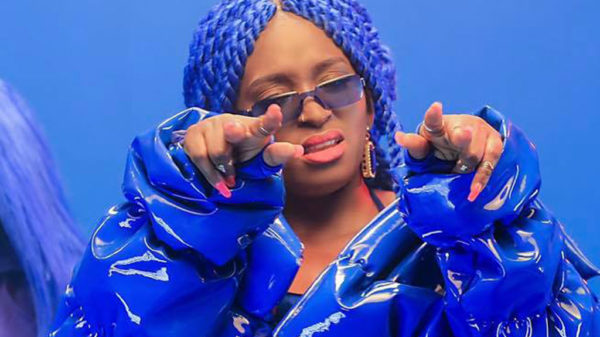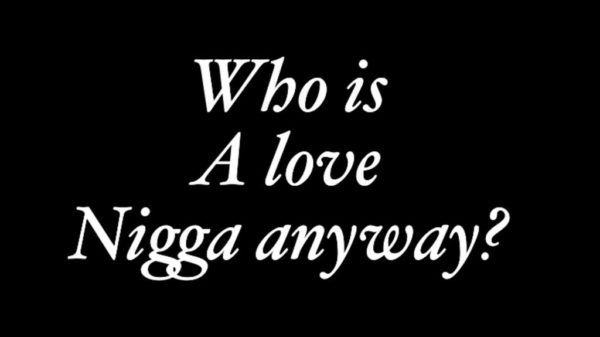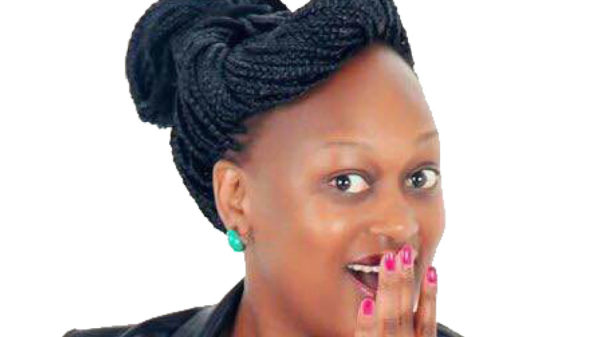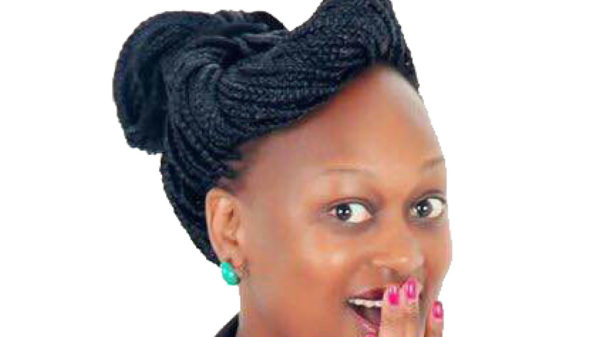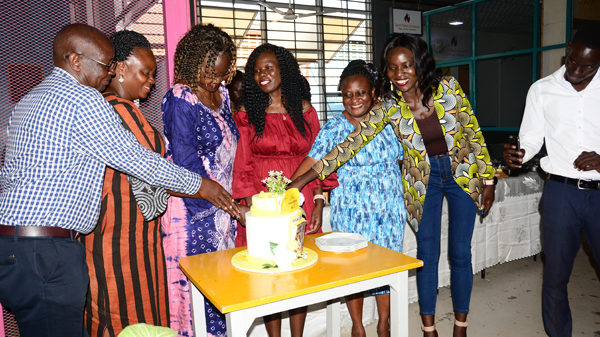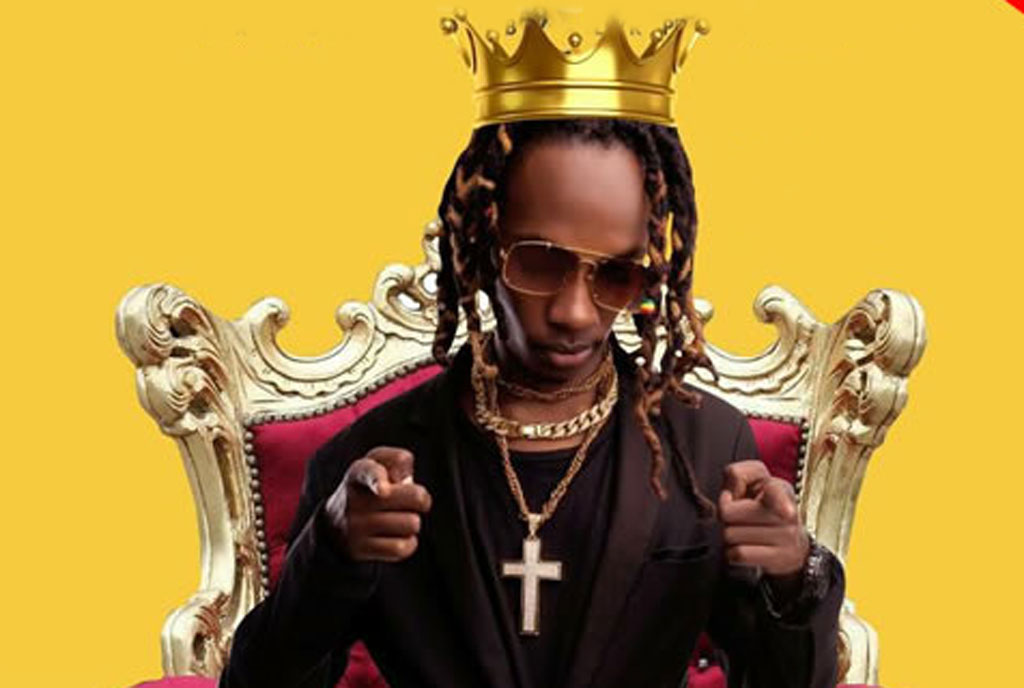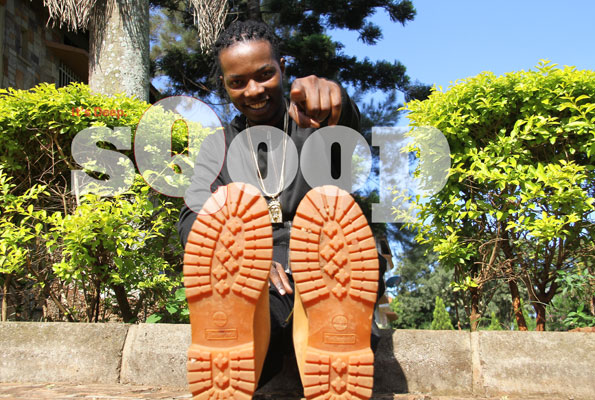Once upon a month in the dusty, pot-hole ridden streets of Kampala, in a music industry arising from a state of mourning, Feffe Bussi took a risk. The smallest rapper in Uganda dared to ask the musical question; “Who is Who?” He self-appraised himself as the king of Lugaflow.
Not more than a week later, the whole country was surfing the wave, it was reply after reply. All of a sudden, Hiphop was once again on the lips of Ugandans. Had Feffe Bussi saved Hip hop from the jaws of death? Did he anticipate these many musical replies?
The story behind the song
“I was listening to Hip hop songs of various artistes like Nas and I realised Hip hop here was fading. I took up one of those old hardcore Nas beats (Hate Me Now) and decided to use it as an inspiration for the young rappers,” Bussi explains. “I never saw it coming. My humble intention was simply to bring back Hip hop, all I cared about was Hip hop in Uganda and spark the brains of these rappers,” he explains.
In the song, many did not survive the jibes from Feffe. These victims included Victor Kamenyo, Fik Fameica aka Fake Rapper and Gravity Omutujju. In an instant, there was a wave of replies coming in from all angles, from the known to the unknown, the discovered to the undiscovered, mainstream to the background rappers. It was now left for the audience to make their choice.
Some Hip hop artistes chose to avoid the challenge. One of those was Fik Fameica. He was not ready to jump on the bus despite being the victim of all the replies. In a call about this challenge, Fik Fameica excused himself from providing an opinion on the state of Hip hop in Uganda: “Bro, I cannot speak about Hip hop in Uganda. I am not ready.”
Feffe Bussi on the other hand was convinced he had fulfilled his purpose. Asked to name his top three Hip hop artistes in the country, he noted that before the song, there was no name to speak of among the young rappers. “All I could think of was the old school; the GNLs, the Bataka Squad, Babaluku, those people in that league. After my track, people are now doing Hip hop.”
But what is Hip hop? What is Hip hop culture? And what defines this culture? How did it evolve in Uganda? Where is it now? And where is it going?
Hip hop in Uganda
Off the album Alone and Frightened by Philly Bongole Lutaaya (RIP), many note Nakazaana as the first Ugandan rap song – at least many Hip hop artistes claim to have borrowed their inspiration from this track. Yet Hip hop did not break through in Uganda until the 90s, and it did not get commercialised until the millennium age set in.
A story is often told of how the late Kasiwukira tried to get one of the first Ugandan Hip hop artistes, Dlux Ibraw to sell him his album, an idea Ibraw rejected. Braw had formed the Young Vibez group and together had packaged the first Ugandan Hip hop album, The Spirit of Uganda, with an inspiration from the Uganda war gin.
Having had his proposal rejected, Kasiwukira would go on to illegally duplicate this album and sell off the tapes. In a reactionary mode, Young Vibez would retaliate by freely giving out their album to every concert they appeared at. To them, Hip hop was a culture and not a tool to be commercialised.
Around the same time, the Kiswahili word Lugha Flow was coined on the suggestion of Afrigo Band’s Amigo Wawawa to signify a style of rap that is performed in different languages.
Years later, many would take ‘Lugha’ to mean ‘Luga flow’ aka rap done in the Luganda language. Other regions jumped onto the bus, naming their own flows after their languages that is; Luso Flow for the Lusoga, Kiga flow for the Rukiga and many others.
Names that defined Hip hop eras
A culture is defined by its names, the history of an age is the history of its greatest men and women. The history of Hip hop in Uganda rests on the backs of those men and women who dared to dive where no other had dared before.
The 90s had the likes of Lumix Da Don, the rapper from Lumumba Hall who brought his Makerere mates under the umbrella of Snag’O. There was the mighty duo of Sylvester and Abrams aka Sylvester Kabombo and Abraham Tekya. In the league of the duos was the teenage rap duo of Prim N’ Propa (Lillian Kelle Butele and Brenda Z’Obbo). To their awesomeness, they had the great producer, Peter Ssematimba who also played the role of manager.
The 90s also had the Bataka Squad that comprised Saba Saba (Krazy Native), Babaluku, and Big Poppa Momo MC. These would combine in the early 2000s with other Hip hop luminaries to found the Ugandan Hiphop Foundation.
In his Ani Yali Amanyi cover, GNL Zamba speaks profoundly of the memories at DV8. For DV8 was to be home to many Ugandan Hip hop artistes. It is here that Klear Kut found its first stage, later on going to get a Kora Awards nomination. Other rappers too would go on to battle from here. Places such as Sabrinas Pub and Sharing Youth Centre in Nsambya became the grounds on which many freestyled and tried to break out into an already hard to enter music industry.
DO NOT MISS: Who is Who: GNL Zamba takes young guns back to hip hop school
Yet one name always stands out for many; Silas Babaluku Balabyekubbo. Some have crowned him as the father of Hip hop in Uganda. Perhaps not to say he brought it to Uganda but his consistency over the years to pass on the Hip hop culture as a tool. Where others would go on to commercialise it; Mun-G, Victor Kamenyo, Gravity Omutujju, Fik Fameika and many others, Babaluku still insisted on bringing out the holistic primary functions of Hip hop.
Hiphop goes mainstream
With Klear Kut getting the nods at the Kora Awards, it was now clear there was no going back. The Ugandan audience was ready to embrace Hip hop. Despite all this, Klear Kut did not fully cut through considering that their popular hit song had been performed with French verses.
It was Rocky Giant who would take on the Joshua role, releasing songs such as Ngoma Nene, Tekaliyo and Paka Last that enchanted crowds and since then became main speak in Uganda, being adopted by a Telecom company for one of its packages. In this spree, there had been Red Banton with his Nonya Money. Banton had been inspired by Busta Ryhmes.
But the biggest of all blasts into the commercial side of Hip hop came with GNL Zamba’s Soda Jinjale. It was a song that ruled the Ugandan airwaves. The adults sang along just as the young. Hip hop, for many had arrived to its final destination. Baboon Forest Entertainment would later on be formed and out of the forest came Mun G, another maestro that found himself into the hearts of many musical fans.
Yet as Hip hop went mainstream, as rappers began to earn off their sweat, many believe they had drifted from the original purpose of Hip hop. In the words of Malema, they had sold out, not just their souls, but the soul of the culture. All that was left was for someone to give a signal. That signal has since then become ‘Who is Who’, giving a resurrection to the conversations about Hip hop, its past, its present and its future.
The state of Hip hop
Sqoop reached out to Babaluku to get a clear perspective of Hip hop in Uganda having groomed many rappers and emcees under his Bavubuka umbrella. Babaluku is optimistic about the current state of Hip hop in the country.
“This is a voice that has been fought against in the past and has been limited to resource and access due to the negative stereotypes of the culture,” he explains.
“The fact that it is rising and giving young people the confidence to build, lead and educate themselves first then go on to teach and rebuild their communities is one fact that proves that young people through HipHop culture are reconnecting back to their source and are becoming contributors to the transformation they want to see in their communities and the world.”
Babaluku is not one to buy into the ‘cheap popularity’ that is ‘Who is Who’. “People should know that Who is Who is all but a cheap rap battle being overrated and it sure does not at all represent the values of the entirety of the Hip hop fraternity. Ugandan Hip hoppers have a tendency of using songs to claim their relevance to the culture. But Hip hop culture is way beyond a song, more so a battle track. So you cannot claim that it is resurrecting Hip hop. Hip hop culture is always here and will always be. What you can say is that it is giving a platform to those who had left the game to test their strength. But it is nowhere close to be rated for an awakening of any sort,” Babaluku opinionates.
As such, Babaluku would rather the industry considers ‘Who is Who’ as a fleeting moment of hype.
“What people do not know about Hip hop is that it is our last voice as Black people. It carries the spiritual power of our ancestral expressions through many forms or elements of artistic expression,” he explains. “Hip hop is a voice designed for liberation and unification of our people. One voice that has awakened the youth to reconnect, preserve and archive our ancestral dialects and rituals plus values such as self-reliance and community building,” he continues. “Here in Uganda, this is what we call Lugha Flow, the translation of Hip hop in our authentic indigenous Hip hop voices.”
Reminiscing
He speaks reminiscently about the times at DV8 and Sabrinas. When he is dared to list names that have played a fundamental role in the evolution of this culture, Babaluku prefers to recognise movements instead of names; HipHop Foundation, Bavubuka Allstarz, Tandika Esaawa, Navcorp, Baboon Forest, GMC, HipHop Canvas, GK, Talanta Youth Movement, Galazy Dance Project, BPU, Tabu Flow, and Nilotika Ensemble, to mention but a few.
If there are any names to mention, it is Peter Ssematimba, Shadrack Kuteesa, the late Paul Mawanda (P-Tech), Ragga Dee, Steve Jean, David Mukakazi. MMC and DJ Rota. These notably he recognises for creating avenues and spaces to encourage talents and voices. As such, the father of Hip hop takes on a different school of thought to this challenge.
Yet, the music industry agrees that ‘Who is Who’ was a perfect moment to fan the fires of these conversations about Hip hop and the culture surrounding it. It is not a question that can be answered in a song, it is a question that can only be answered over the ages.













